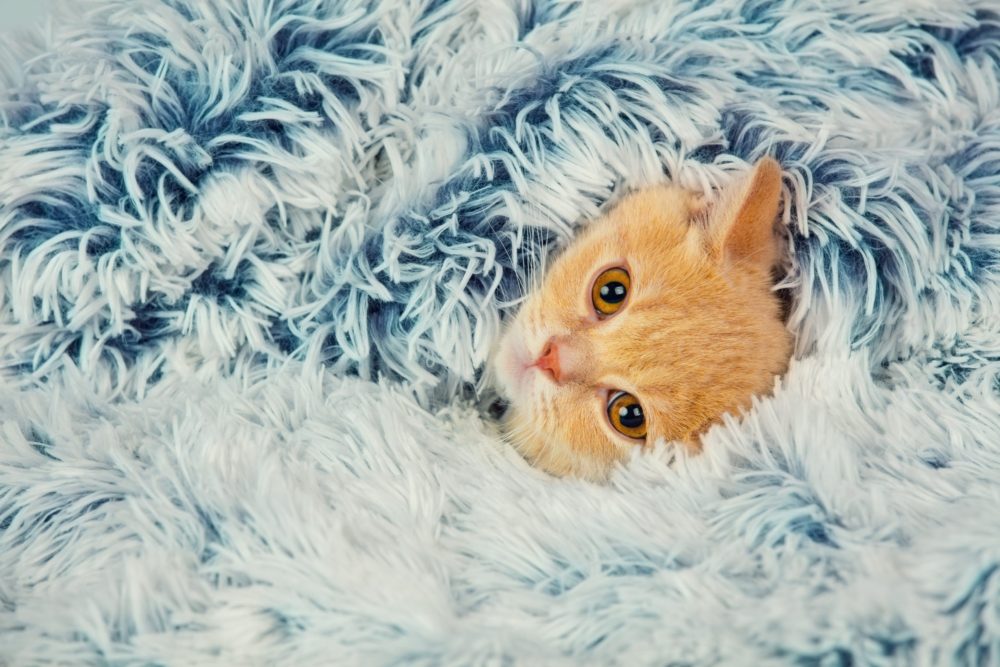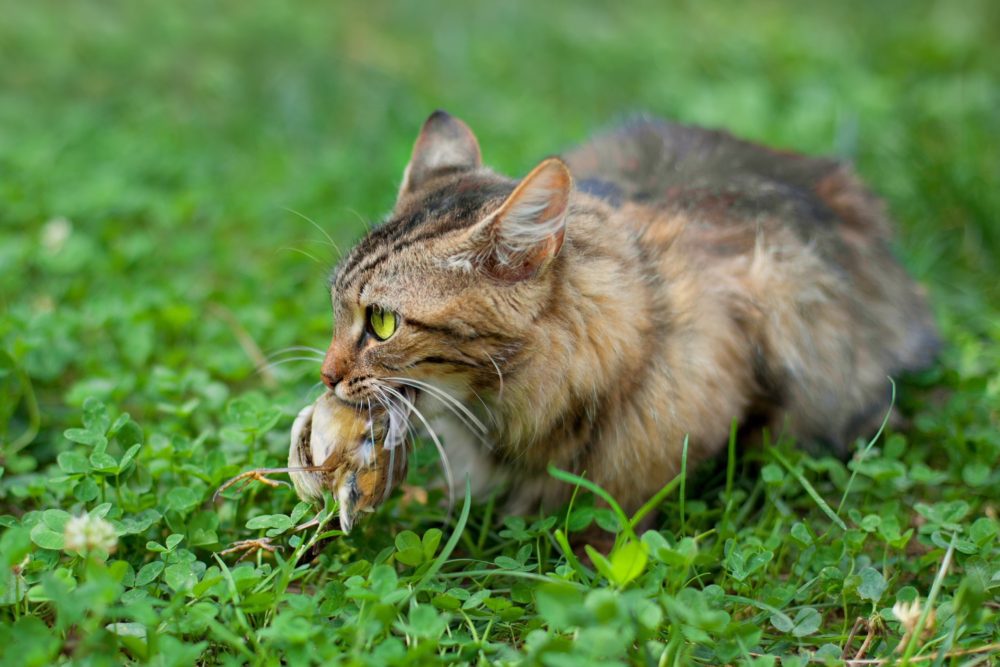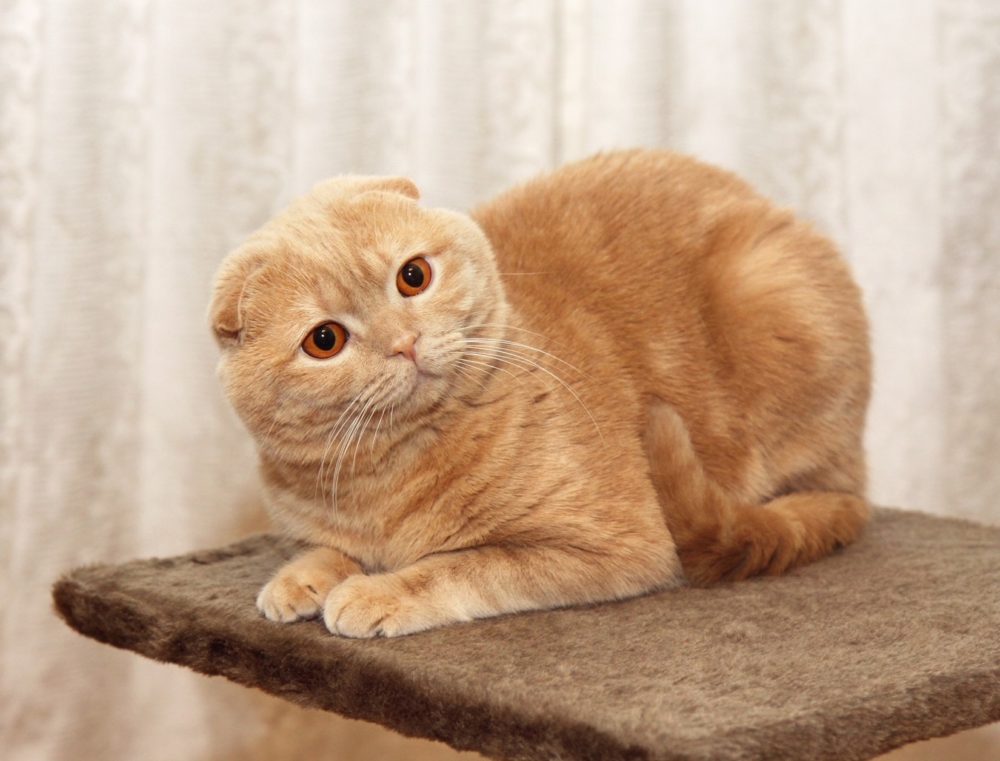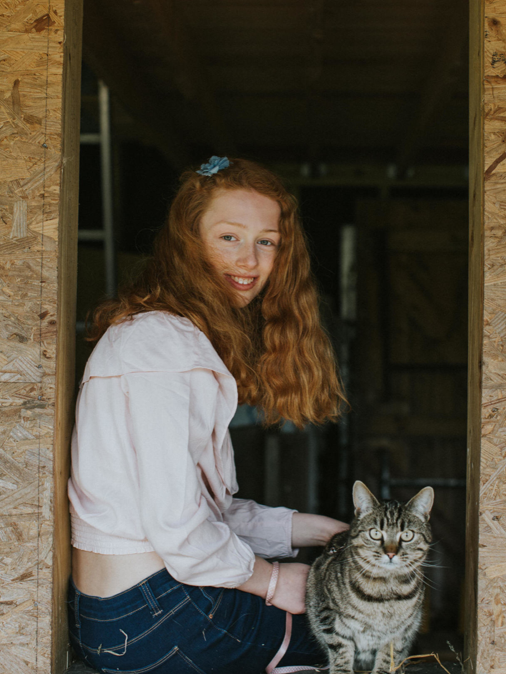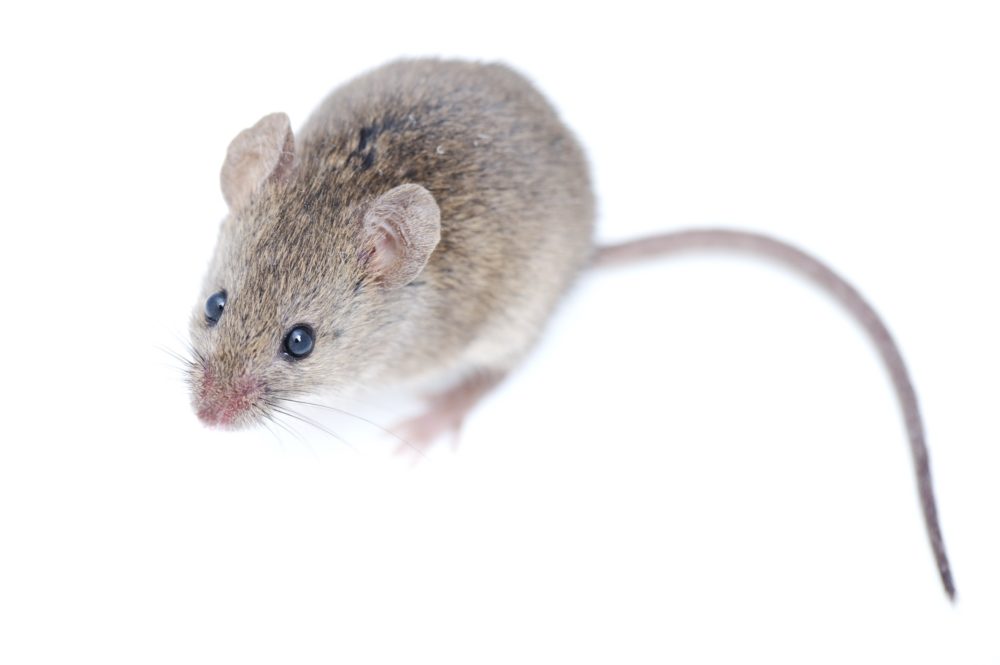
Why do cats need a scratching post?
The choice of products available for cats is vast. It can be overwhelming when becoming a cat owner for the first time to know what is needed. What items are essential? Which items are luxuries and treats? Is a scratching post an item that all cats need? Or just for those cats who scratch furniture?
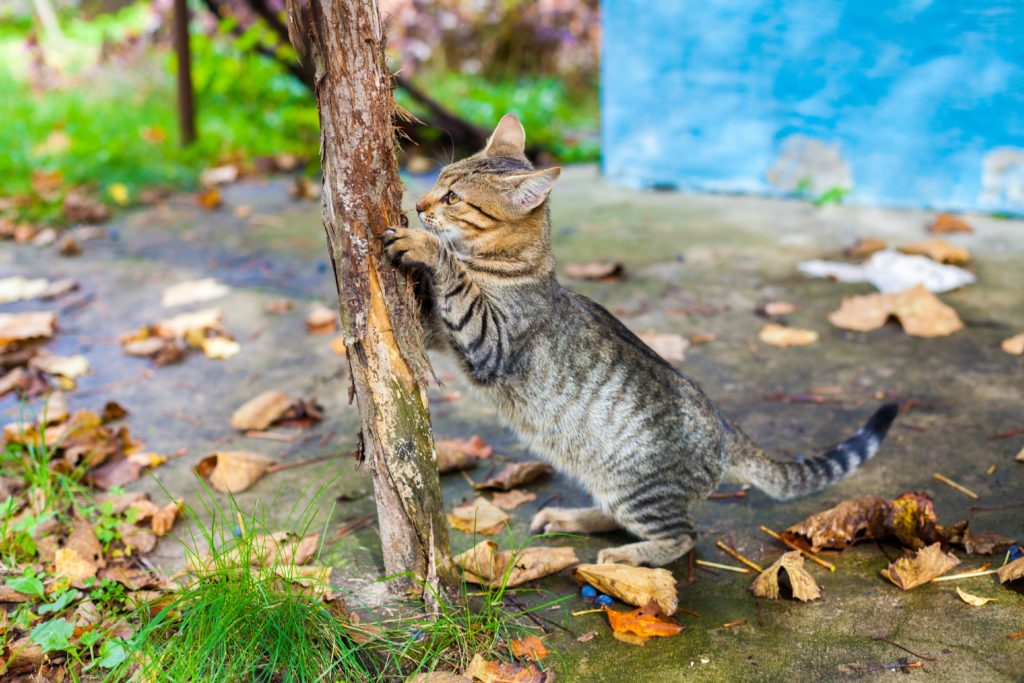
Why do cats need a scratching post?
Scratching is a normal and natural behavior for cats, and it serves several purposes:
- Scratching helps cats to remove the dead, worn outer layers of their claws. This makes way for new, sharper claws. Cat claws will grow throughout the life of your cat and therefore will need regular attention.
- It is also a method of marking their territory. The scratching leaves a visual mark and a scent which is released from the scent glands in their paws.
- Scratching also provides a good body stretch and loosens their feet and claws.
- The process of scratching can also be an emotional release for cats, be that happy, excited, stressed or anger.
- With feline obesity on the rise, any activity which encourages movement and action will benefit your cat’s health.
Cats who have access to outside will usually scratch on posts or tree trunks. Wood is the perfect material for digging claws into. Indoor cats will still have the instinctive urge to scratch and this is where a scratching post will become useful and can indeed prevent damage to furniture.
Tips for buying the right scratching post for your cat
- The scratching post needs to be sturdy. With cats balancing on their hind legs whilst scratching their claws, the post will need to be strong enough not to topple over. It also needs to be tall enough for your cat to stand on his hind legs fully stretched. Your cat will be discouraged in using the scratching post if it topples over the first time that they use it.
- Scratching posts that are incorporated into a cat tree can help keep an indoor cat active. This can provide them with a place to climb, scratch and have fun at the same time.
- As your cat gets older it may become more difficult to use vertical scratching posts, but it is still important they have somewhere to scratch and claw. Horizontal scratching posts are available for cats whose mobility isn’t as well as it was. Having both vertical and horizontal posts available will allow your cat to make a preference for herself.
- Scratching posts can be covered in different materials. Cats may vary in their preference as to what material they prefer to scratch. It needs to be a material that your cat can sink her nails into but isn’t too sharp. Sisal is the most common and preferred covering.
- In a multi-cat household, cats may be perfectly happy to share a scratching post. But it is also quite possible that some cats will not feel comfortable sharing a post. Having more than one scratching post with variety in structure, material and location will ensure that everyone is happy.
What are the different materials for scratching posts?
Scratching posts are available in a variety of materials. We’ve also included our favourite finds on Amazon which you may find helpful in narrowing your search for the most suitable scratching post for your cat.
Sisal
Despite the variety of materials, the most popular amongst cats, and their owners, is sisal. Sisal is made from a plant called the Agave sisalana. It can be found growing in southern Mexico but is now grown in many other countries around the world. Sisal is sustainable and biodegradable. Cats like sisal as the rough texture is perfect for digging their claws deep into it. It is strong and durable and should last many years of scratching. Sisal can be found on scratching posts as rope or fabric. The main disadvantage of sisal rope is that continued scratching will lead to the rope fibres wearing out and becoming loose and sharp over time. This will then be less efficient for scratching. Sisal fabric, in contrast, is softer and easier for cats to scratch and claw. This vertical sisal scratching post is sturdy and durable and covered in sisal.
Carpet
Scratching posts can also be covered in carpet. Care should be taken when opting for a carpet covered scratching post. As carpet is found in other areas of the home it may be more difficult for your cat to distinguish between areas which are acceptable to scratch and those areas which are not. Some carpet fibres can get caught in a cat’s claws which is not a pleasant experience for your cat.
Cardboard
Cardboard is an increasingly popular choice as a scratching post or cat tree material. And many cats seem to love cardboard. The material is easy to scratch and shred, and it does a leave a visible mark after scratching which can be an important factor for some cats. Corrugated cardboard can be used too for a deeper, heavier feel. And whilst carboard may not be as durable as other materials, it certainly is recyclable. We love this PetFusion Ultimate Cat Scratcher lounger. It’s just so much more than a scratching post, it can be the perfect place for a little rest too. The unique shape gives your cat a few options for scratching positions too.


Wood
Some cats like wood, a soft wood, which is why they may find your doorframe irresistible! A homemade scratching post simply made from soft wood may be just what your cat needs! If your cat has a catio (see our article ‘What is a catio’ to read all about our catio build) then this is the perfect location to place some wood planks, tree stumps or tree branches for your cat to scratch. If making a homemade wooden scratching post just isn’t for you then there are wooden ones available to purchase. This cedar post made by Natural Scratch will satisfy those kitties who simply want just wood to keep their claws in pristine condition.
Location of scratching posts
Scratching posts can be located anywhere in the house. It may be worth observing your cat’s behavior to see where the most ideal location would be. For example, if your cat likes a good stretch and scratch after waking up, a vertical scratching post located close to their bed would be perfect. Location is key if you are training your cat to use a scratching post rather than your furniture or door! In these cases, place the scratching posts in front of, or near the furniture, that they usually scratch. Make the scratching post as desirable as possible – try rubbing a little cat nip on the post. Also make the furniture difficult to access and unappealing. For example, put some sticky tape on the furniture or foil around the base. It is not possible to stop cats from scratching in order to sharpen their claws but it is possible to direct them towards appropriate surfaces to do so.
Horizontal or vertical scratching posts?
Sometimes there is no logical reasons why a cat will prefer a horizontal or a vertical scratching post. Old age and mobility issues are always factors to consider and, in these cases, horizontal scratching posts will be much easier for your cat to use. It is a good idea to offer both so that your cat can then chooses whichever pleases her. Variety will simply enrich your cat’s environment which is a key factor in keeping indoor cats happy and healthy. This is a great example of a horizontal scratching post which would be easily accessible for an older cat with mobility issues.
Do kittens need a scratching post?
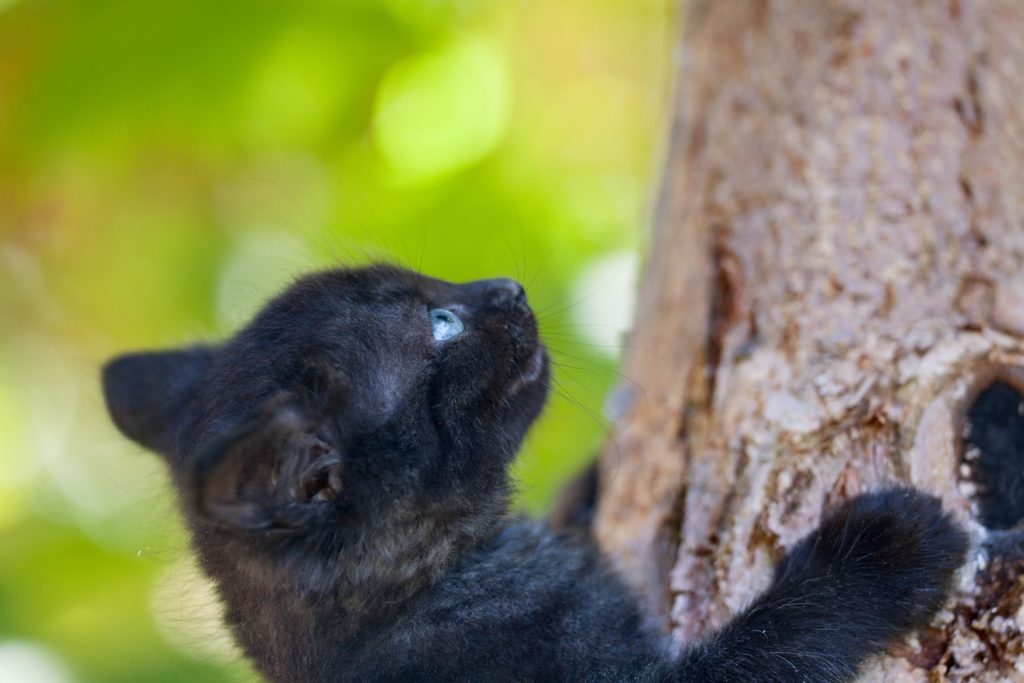 As kittens start to scratch from a young age then a scratching post is definitely recommended. By teaching them from a young age that a scratching post is the place to dig their claws into, hopefully this will save your furniture and curtains!
As kittens start to scratch from a young age then a scratching post is definitely recommended. By teaching them from a young age that a scratching post is the place to dig their claws into, hopefully this will save your furniture and curtains!
If your kitten begins using your furniture as a scratching item, place a scratching post near this item. Praise your kitten whenever they are using the scratching post. Try to deter them from using the furniture by making it difficult to get to or covering the furniture. By initiating these behaviors from an early age and ensuring their natural instinct needs are met, this should avoid any scratching damage in your home.
Other articles you may find of interest:
Why do cats / kittens climb curtains? With 12 ways to stop them!
Why do cats climb trees? How can I stop my cat climbing trees?
